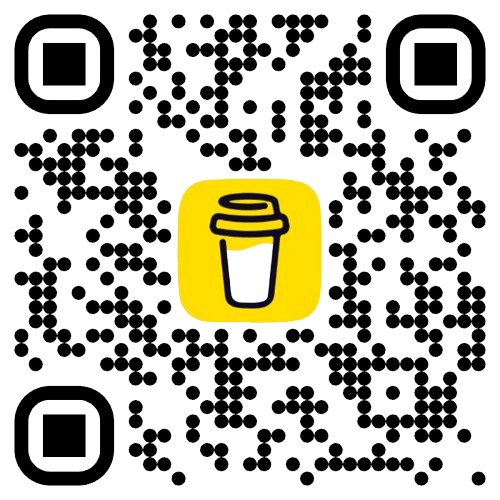Dark and Light Theming
- 文章發表於
Dark and light themes have become almost standard features for websites in recent years, from personal blogs to global client applications (e.g., GitHub), offering users the flexibility to choose their preferred interface style.
To achieve seamless theme switching on a website, I believe the most important principle is: during development, use Design Tokens as the foundation for CSS parameters. In the previous chapter From Design Tokens to CSS, we've already discussed the benefits they bring. If product color codes are not included in Design Tokens, additional handling in the application layer's CSS is necessary, which can lead to unnecessary complications when changing colors later.
Recap
Design Tokens
In the article Design Tokens, we introduced the basic concepts of design tokens. Among them, through the dark and light theme configuration of System Token (alias.json), which corresponds to different Reference Token (base.json), this design allows us to dynamically resolve the same System Token to different values based on different conditions.
Normalized CSS
Next, in the process of constructing design tokens with Style Dictionary, it splits the variables in :root into light and dark based on the theme and organizes them into normalized.css (Source Code). By placing this CSS file within <head>, it can be introduced when the webpage loads, and theme switching is controlled by the data-theme attribute to determine which set of theme colors to use.
The actual output structure of Style Dictionary:
/* Recommended structure - prioritize system preferences *//* Dark theme (default) */:root {--your-design-system-sys-color-primary: #D0BCFF;--your-design-system-sys-color-background: #141218;--your-design-system-sys-color-on-background: #E6E0E9;/* ... other dark theme tokens */}/* Light theme */html[data-theme='light'], .your-design-system-light {--your-design-system-sys-color-primary: #6750A4;--your-design-system-sys-color-background: #FEF7FF;--your-design-system-sys-color-on-background: #1D1B20;/* ... other light theme tokens */}
Below, we will introduce how to implement the functionality that allows users to switch between dark and light modes, which is the useTheme Hook to be introduced in this article.
useTheme
Description
The core functionality of useTheme is to control the value of the data-theme attribute, while providing theme state management and persistent storage capabilities.
API
Ideally, we hope that when using useTheme, it allows us to update data-theme and obtain the current theme state.
import { useTheme } from '@tocino-ui/core/hooks'export default () => {const { theme, resolvedTheme, toggleTheme, setTheme } = useTheme()return (<div><span>Current Theme: {theme}</span><span>Resolved Theme: {resolvedTheme}</span><button onClick={toggleTheme}>Toggle Theme</button><button onClick={() => setTheme('system')}>Use System Theme</button></div>)}
Parameters
Return API
Implementation
As seen above, we've introduced the Button component we previously worked on, and through useTheme, we control the value of data-theme, enabling the design system to support switching between dark and light themes.

